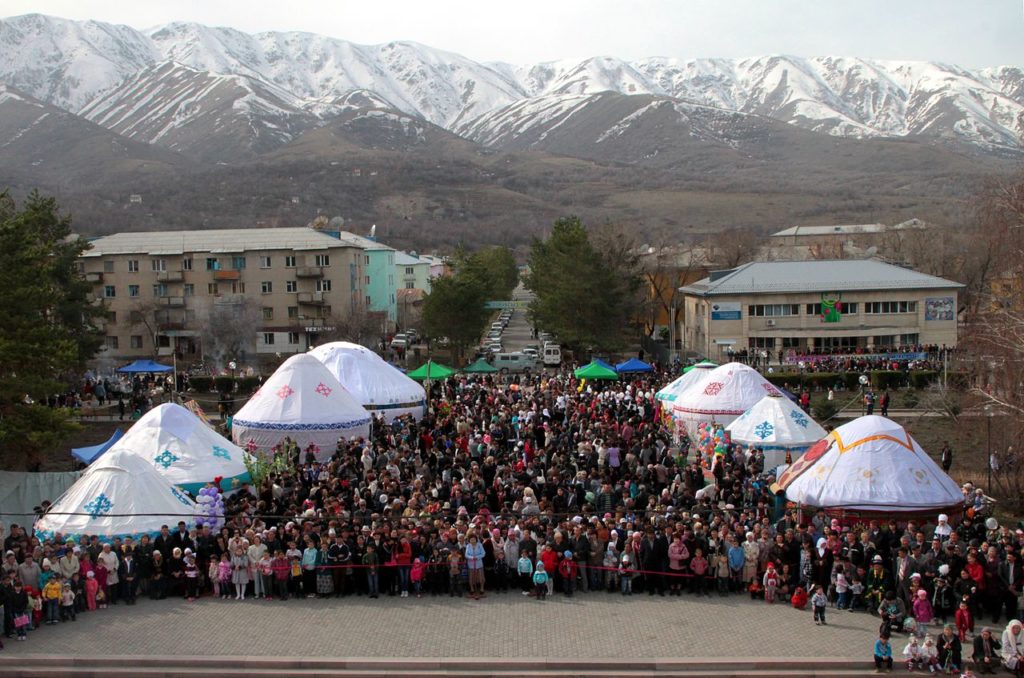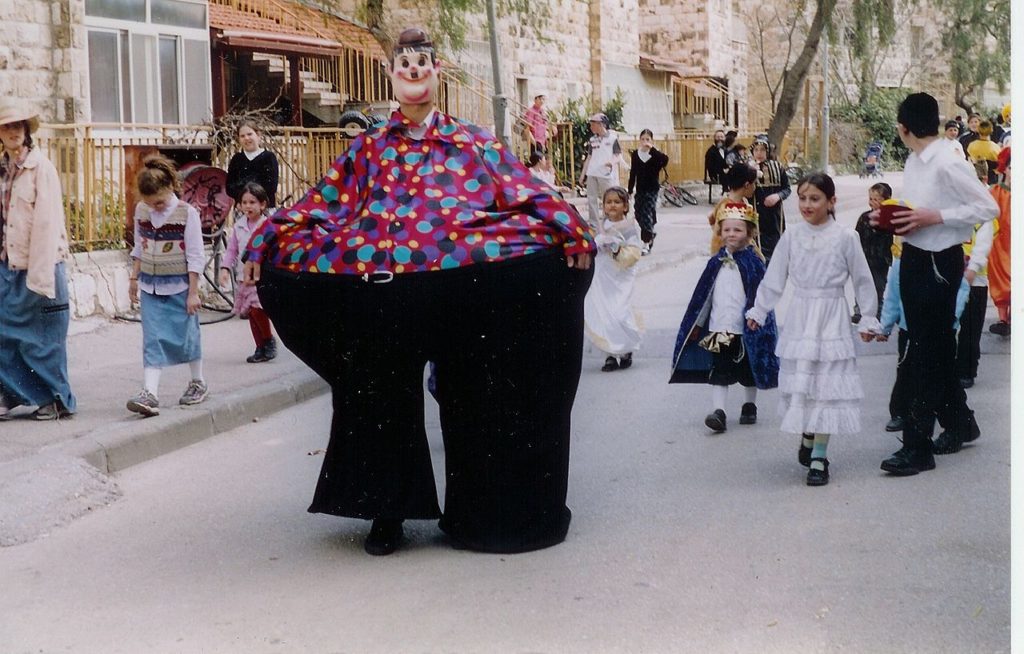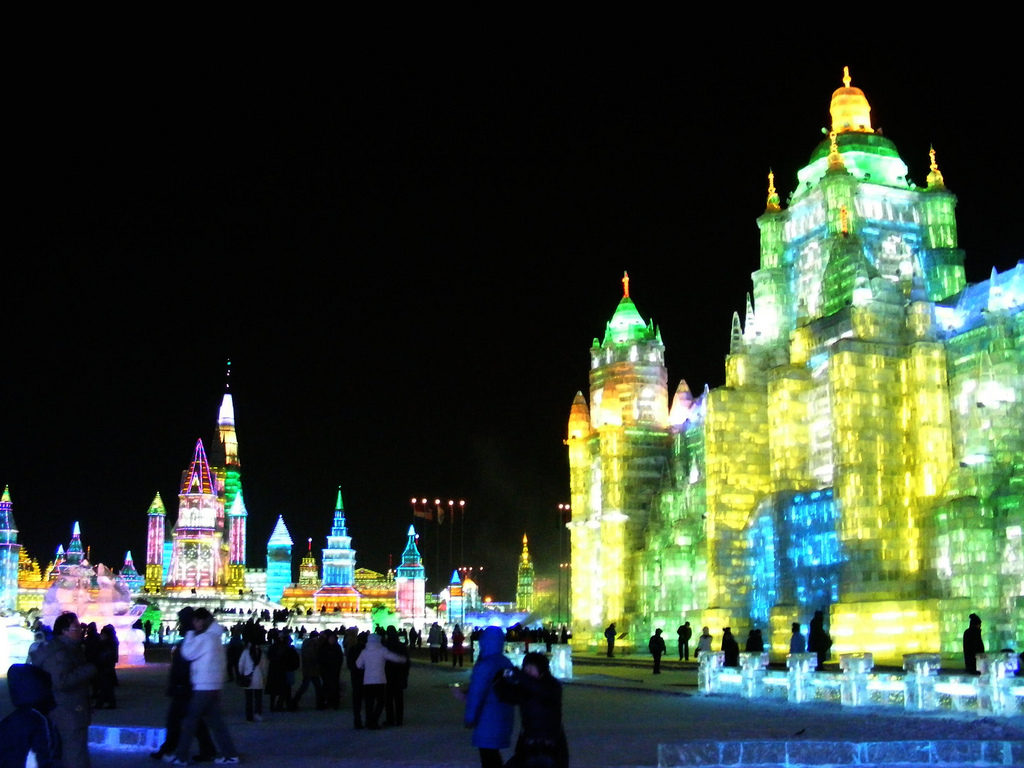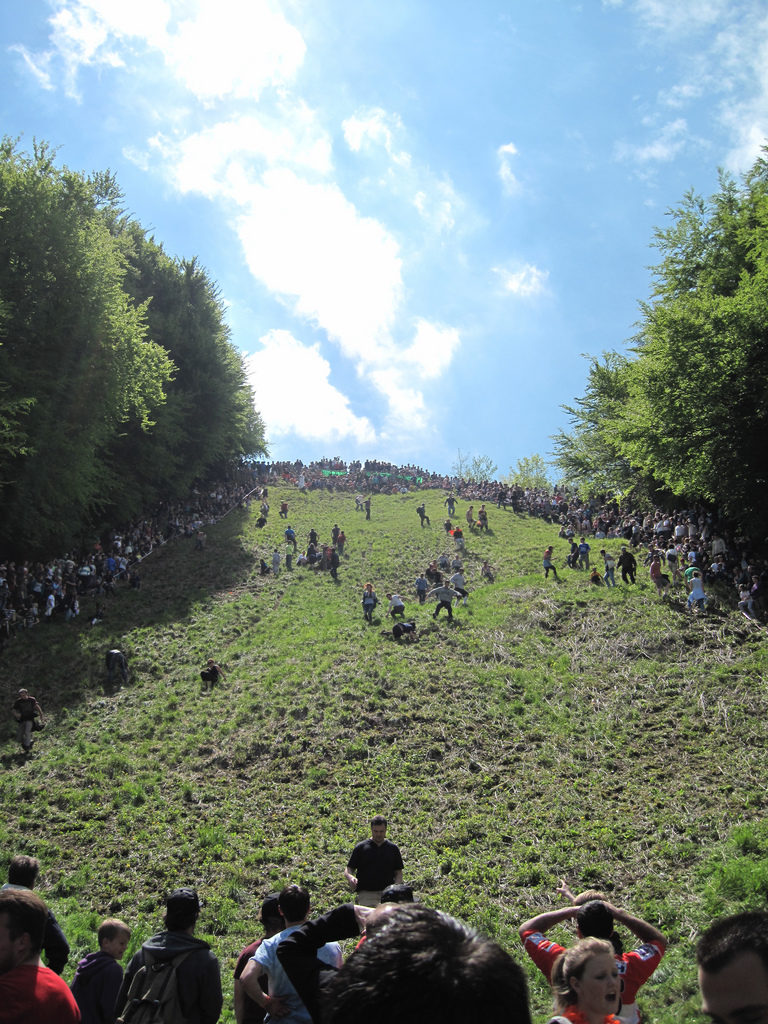The Persian carpet, or rug, epitomises good taste. In this world we live in today perception is everything. Why, you might ask, do we make those two assertions and just what is the link?
Simple. Should one wish to be perceived as refined and genteel, it would behove one to become conversant with conversational topics associated with the same. That is a slightly pretentious way of saying that if you want people to have a higher opinion of you then being able to talk about things they think of as ‘posh’ and sounding like an expert on the subject will do the trick.
When faced with a selection of fine Persian rugs, such as in the online shop here, would you know how to talk confidently about the design and likely origin of any of the rugs on offer? It would be surprising if the answer was in the affirmative as there are few of us who have the expertise required.
However, there are a few simple guidelines that you can use and some pieces of information that will let you talk knowledgeably about the Persian rug styles, elevating you immediately above the level of most of the population and conveying you the instant status of an expert in the eyes of those that know less. As the saying goes, in the kingdom of the blind the one-eyed man is king.
So, here it is, the essential bluffers guide to three common types of Persian carpet and how to differentiate them.
As a bit of background information, it should be noted that Persian carpet design is very location specific. Many of the rugs are named after the cities or regions where they are created and often any creations from the same region will bear similar hallmarks.
Qum
Rugs from Qum, or Qom originate from the city of Qum in Iran (formerly known as Persia). These rugs were often used for prayer mats so tend to be of the size associated with an easily foldable prayer mat. One thing to look for in Qum rugs is the material they are made of these particular rugs are often made from silk. Not many of the other regions use silk quite as much. They will always use the colour turquoise somewhere in the rug. The designs may feature hunting scenes or gardens.
Isfahan
Isfahan rugs are renowned for their high quality. Because of the high number of rug specialists and competition in the city the artisans from here were particularly skilled. High knot density is a feature of Isfahan rugs so look for smaller, tighter knots than others. Central medallions are common in many Persian carpets and do feature in quite a number of Isfahan rugs though they are not the only patterns. Blue, rose or indigo are the likely colours of a central medallion if present.
Gabbeh
In contrast to the Isfahan carpets these rugs tend to be thicker and of coarser material and weave. The colours to look for here are red, yellow, rusty hues or orange. They are fashioned by mountain tribespeople and tend to have simple designs on plain coloured fields.
There you have it. Three of the styles of rug, even knowing their names is likely to earn you a little more respect.





